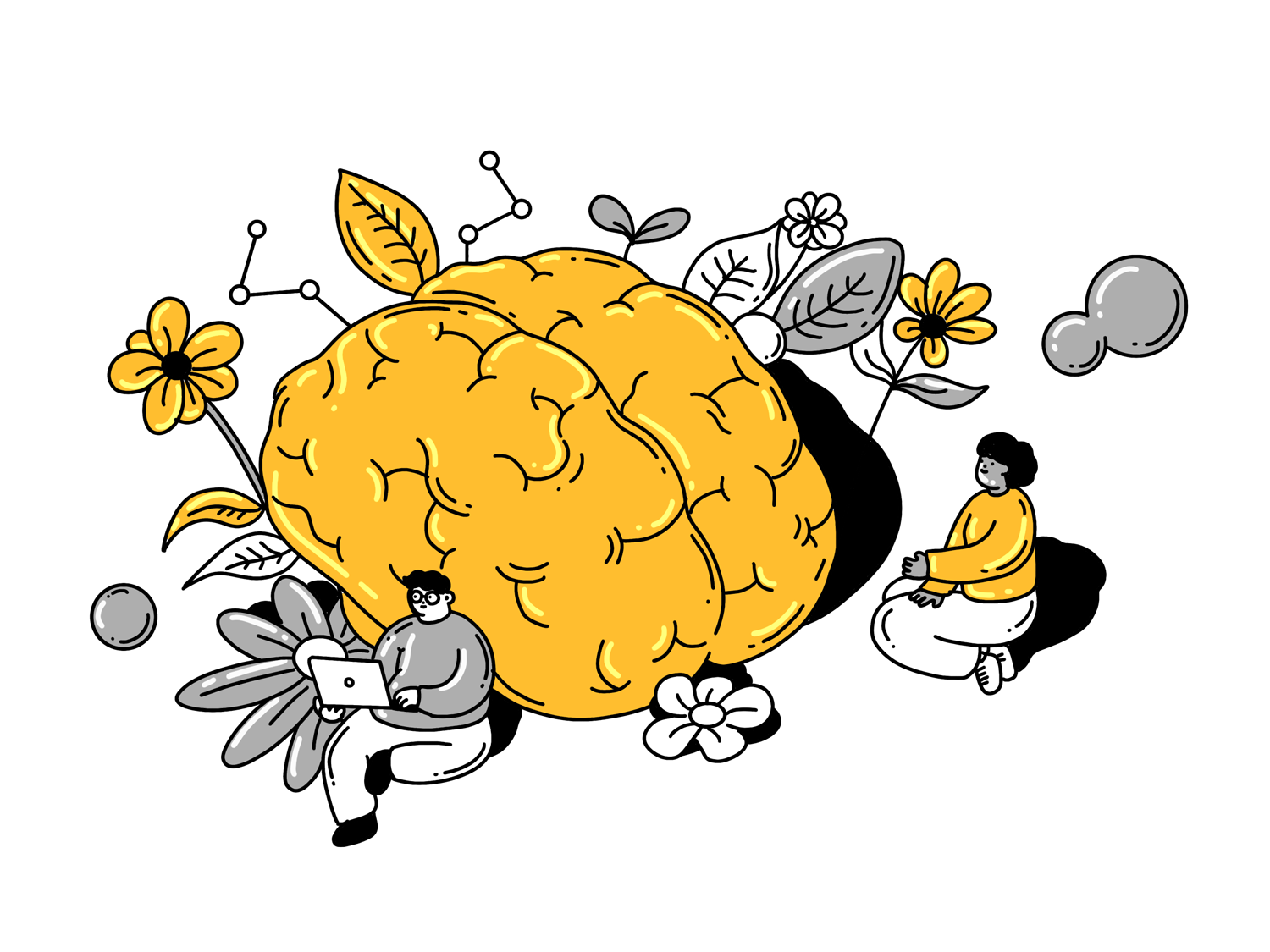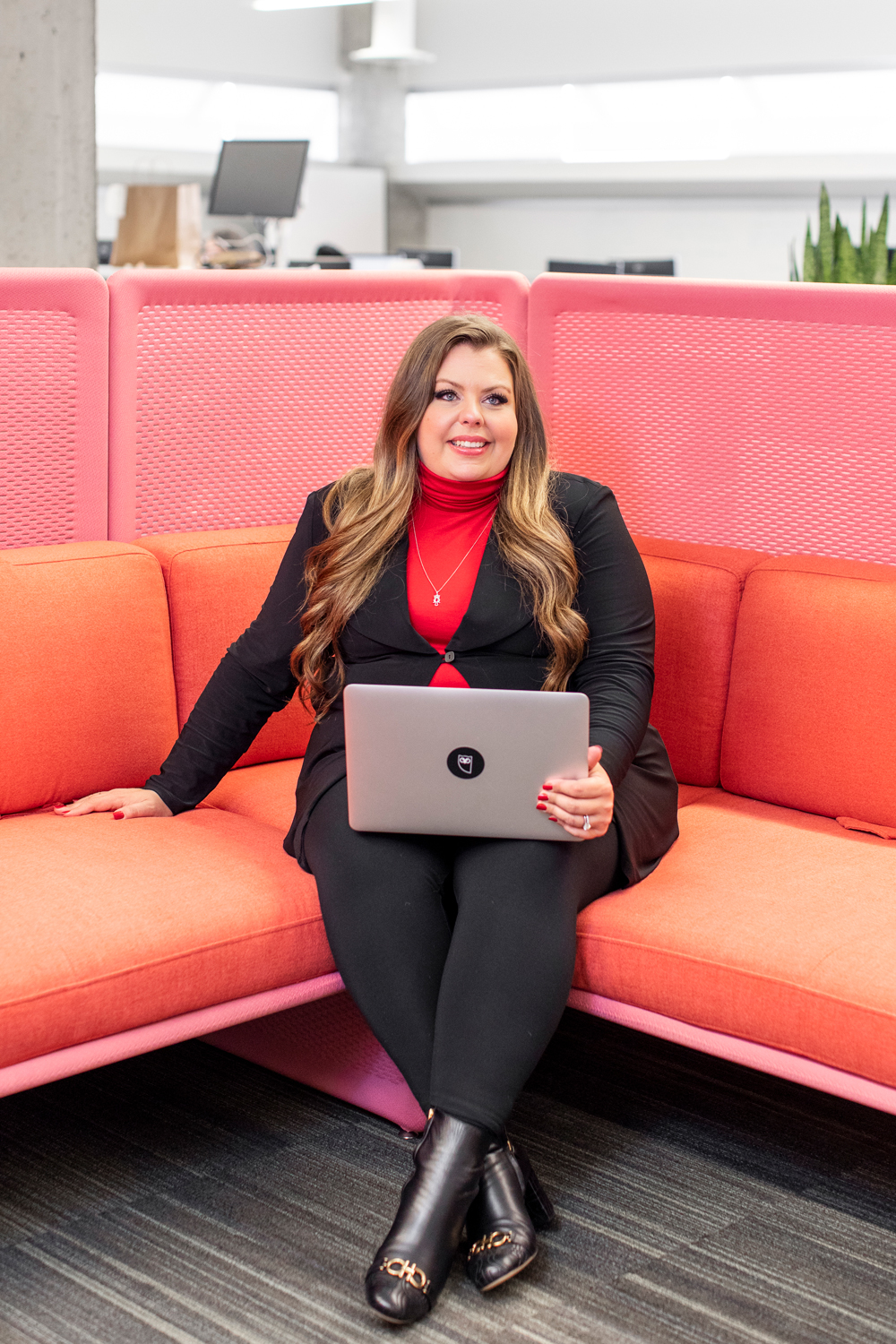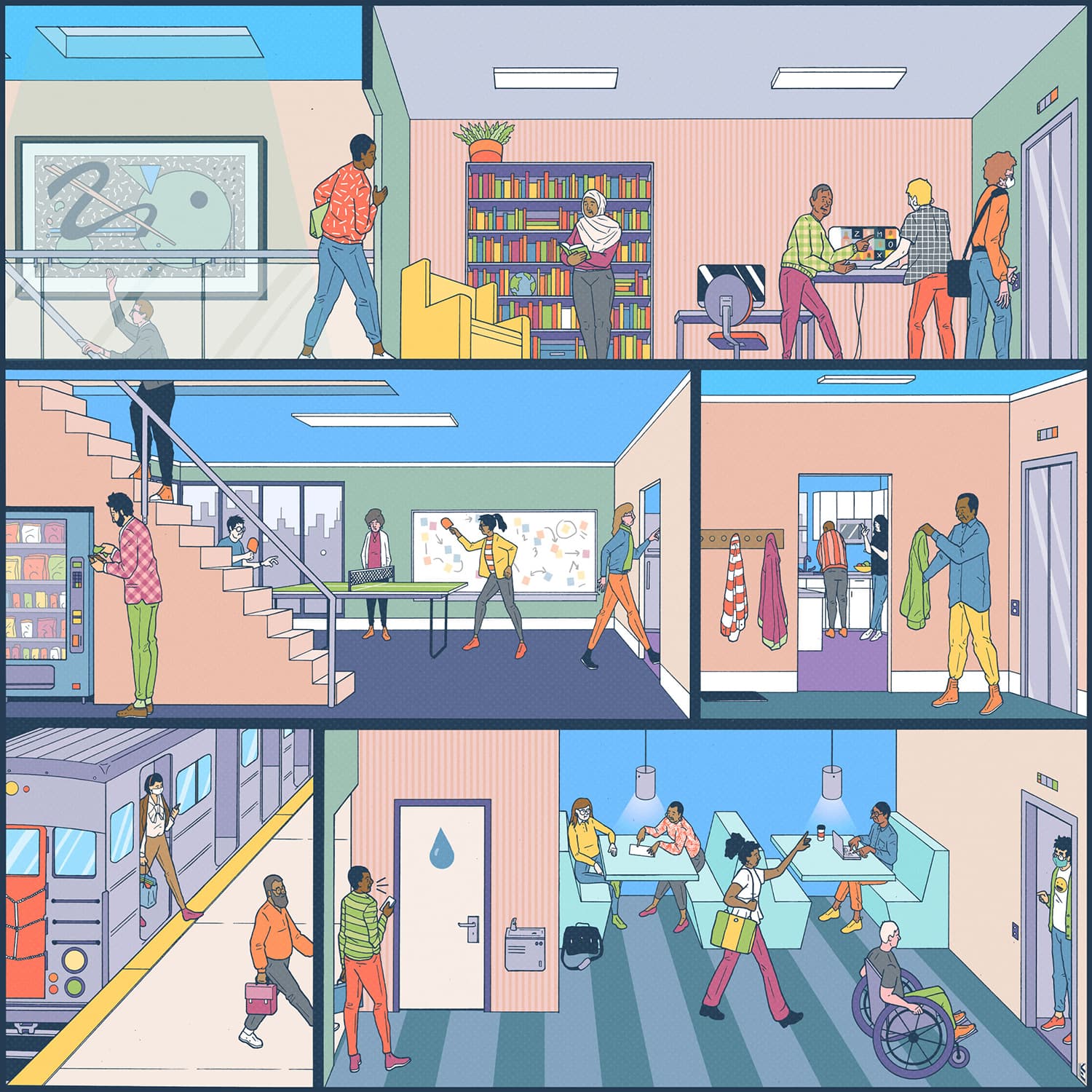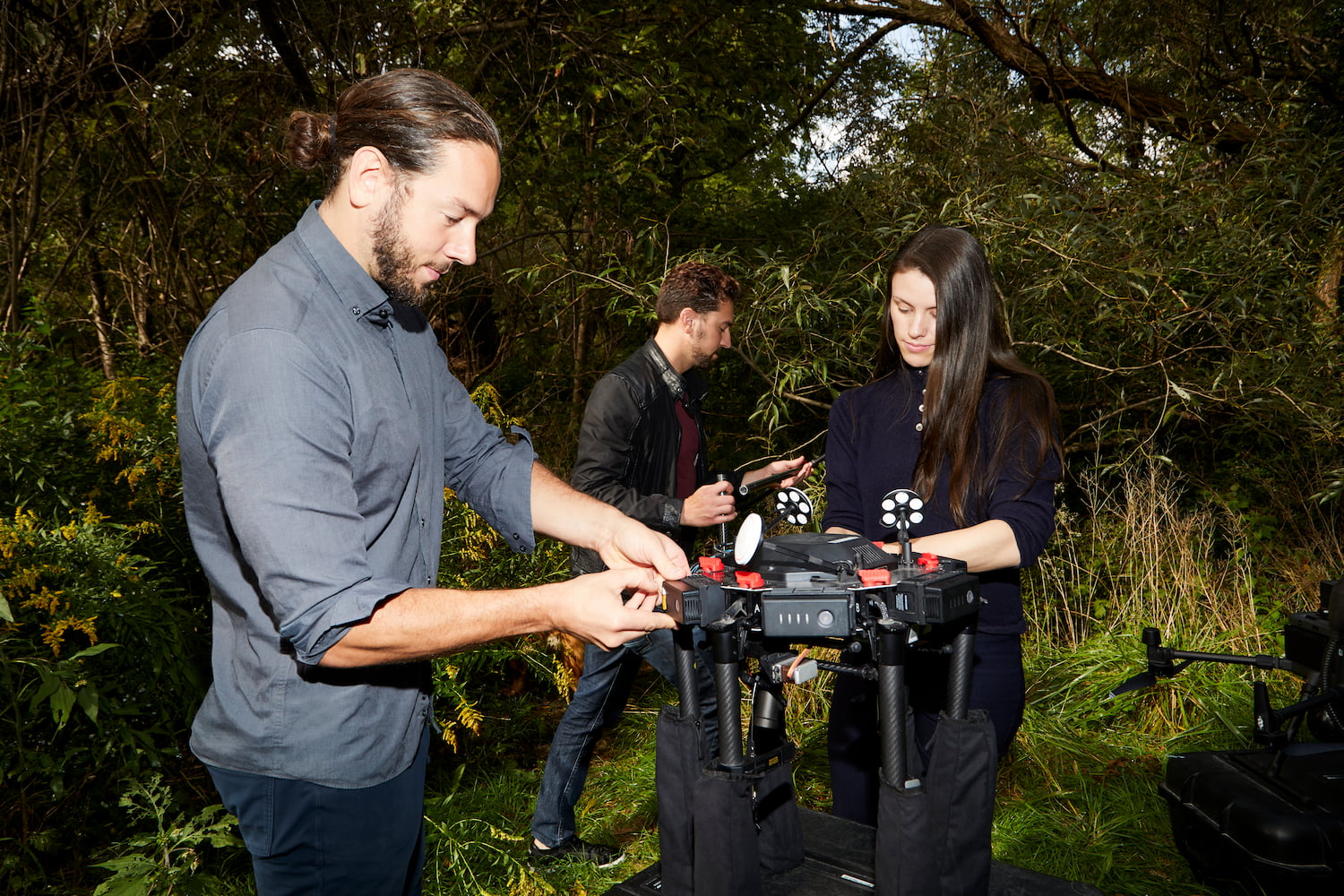How to Modernize Employee Benefits

In the pre-pandemic days, the social-media management platform company Hootsuite had a one-size-fits-all benefits package. Its insurer was Sunlife Financial, which offered Hootsuite employees standard coverage for prescription drugs, vision care, dental and accident insurance. Then came COVID. The Hootsuite brass quickly realized they needed to make some radical moves to ensure their benefits optimally supported their 1,100-odd employees, who were working remotely, juggling jobs and childcare and experiencing heightened stress and uncertainty.
The company’s office in Italy was the COVID canary. As early as February 2020, the country was crushed under the weight of soaring case counts, strict lockdowns and packed ICUs. And so, in addition to their five paid sick days, HootSuite offered staff in all of its offices 10 so-called COVID Days, which they could use however they wanted. Tara Ataya, the company’s chief people and diversity officer, reports that employees used COVID Days to spend time with their families, to look after sick loved ones and as mental health days.
As 2020 progressed, Ataya and her team kept thinking about how to update the company’s benefits package. What would workplace benefits look like in a post-COVID world? They began by surveying staff to better understand how they were coping with the pandemic, how their existing benefits were working and, most importantly, what was missing from the equation. They followed up with focus groups involving staff from different levels of the company.

Hootsuite employees reported that their major concerns surrounded mental health and work-life balance. There were as many different needs and stressors as there was staff, and the one-size-fits-all approach no longer made sense. Employees wanted more mental-health and wellness support, plus some flexibility in how their care was delivered. The leadership team, meanwhile, looked at various providers. In the end, they chose to stick with Sunlife but change up the offerings.
Hootsuite’s updated plan, which rolled out in April 2021, covers 100 percent of mental-health treatments in North America. To address work-life balance, the company introduced half-day Fridays during summer months and an annual company-wide wellness week, when everyone unplugs and takes some (extra) paid time off as a company. Hootsuite even held a contest to incentivize workers to take a break—employees who used up all their vacation days would be eligible to win prizes like trips for two to Bali, Lisbon or Las Vegas. As a result, staff took twice as much time off in 2021 as they did in 2019.
Surveys also indicated that family planning and financial planning were priorities for staff. So Hootsuite created retirement savings programs—401K and RRSP matching—and added coverage of fertility treatment, including egg freezing. To further modernize its plans, the company also began covering gender-affirmation procedures and their associated costs.
Staff can now choose from three benefit plans. All employees have access to certain benefits, like mental-health spending and fertility support, but they can also tailor their plans to their individual needs and preferences: A staffer can choose a plan with higher coverage for dental care, for example, or they can choose a lower dollar amount but more flexibility to spend their funds on things like fitness equipment or transit passes.
In the end, the new perks cost nearly twice what the old ones did: Hootsuite spent $3.3 million on benefits and other employee expenses between January and July 2021, compared to $1.66 million over the same period in 2020.
And it’s worth every penny. For Ataya, funding employee wellness is a no-brainer: Employee engagement scores have soared from 66 to 81 percent over the course of the pandemic. When employees are supported, she says, they do their best work.


